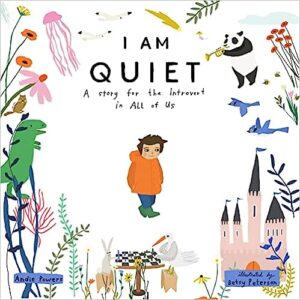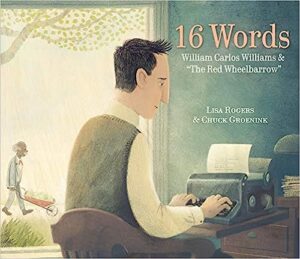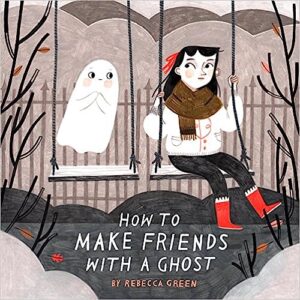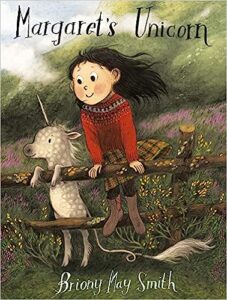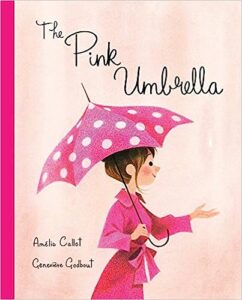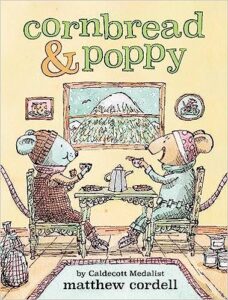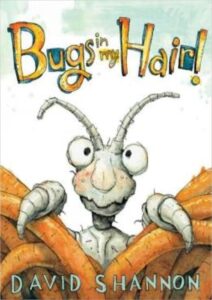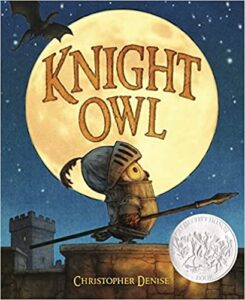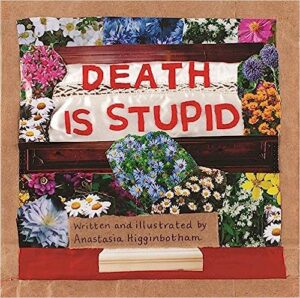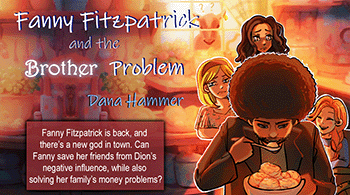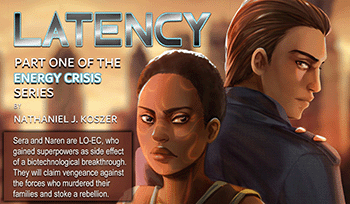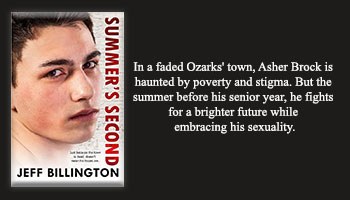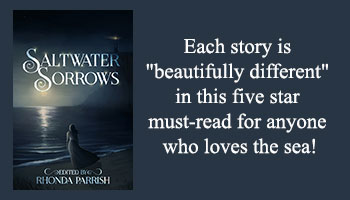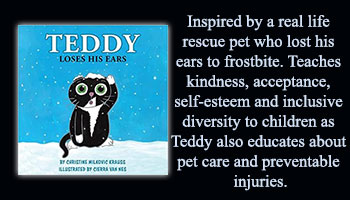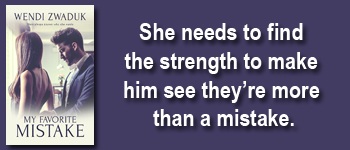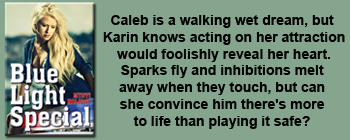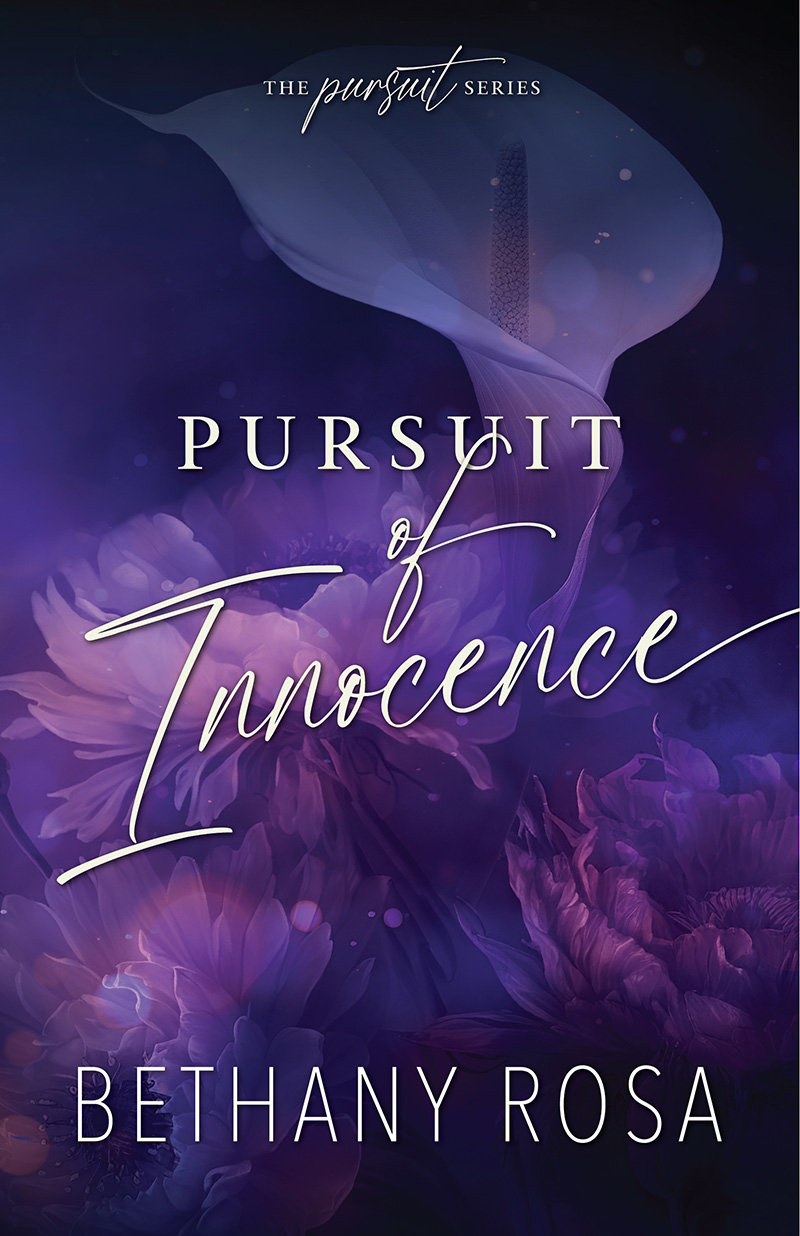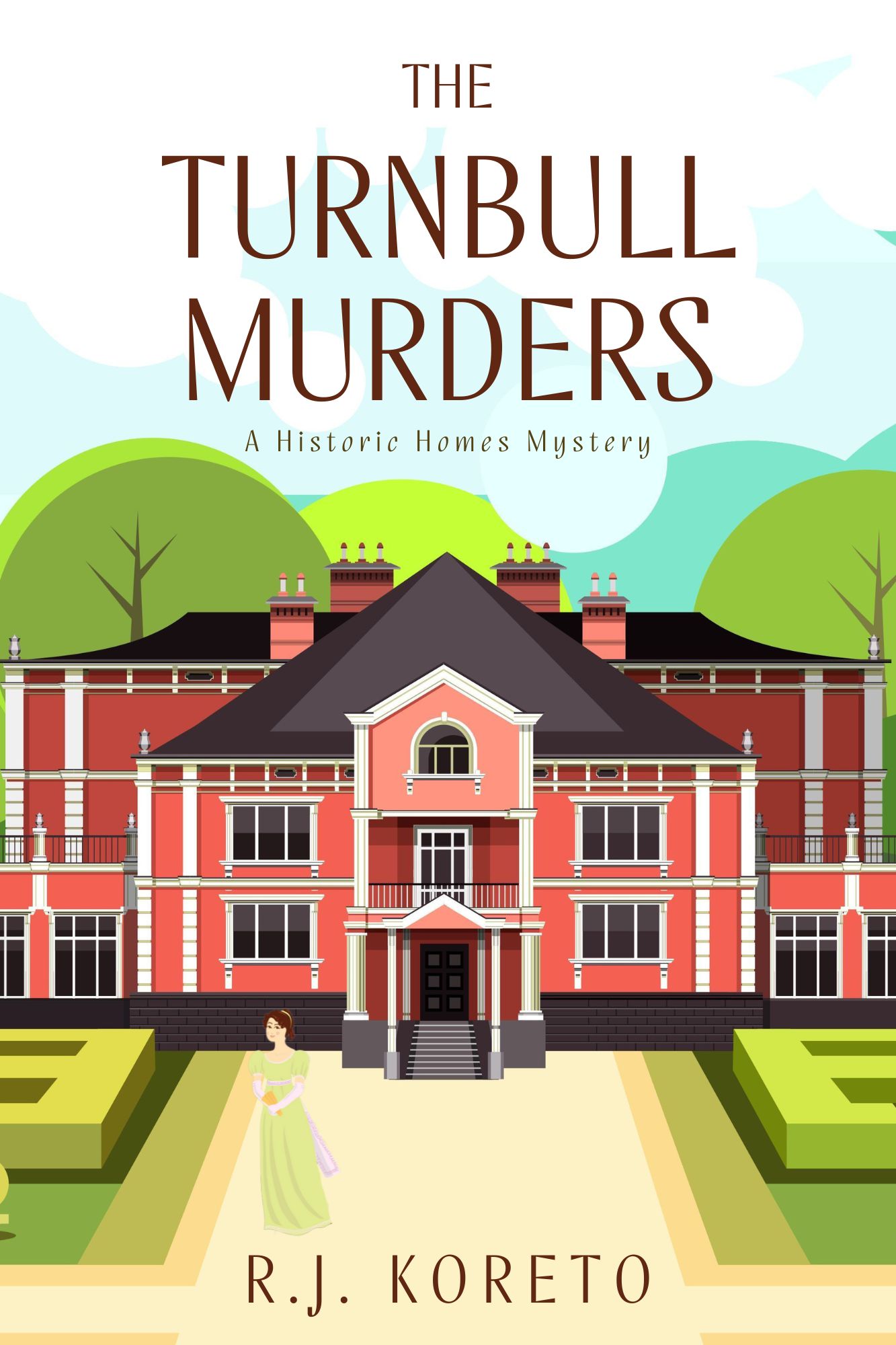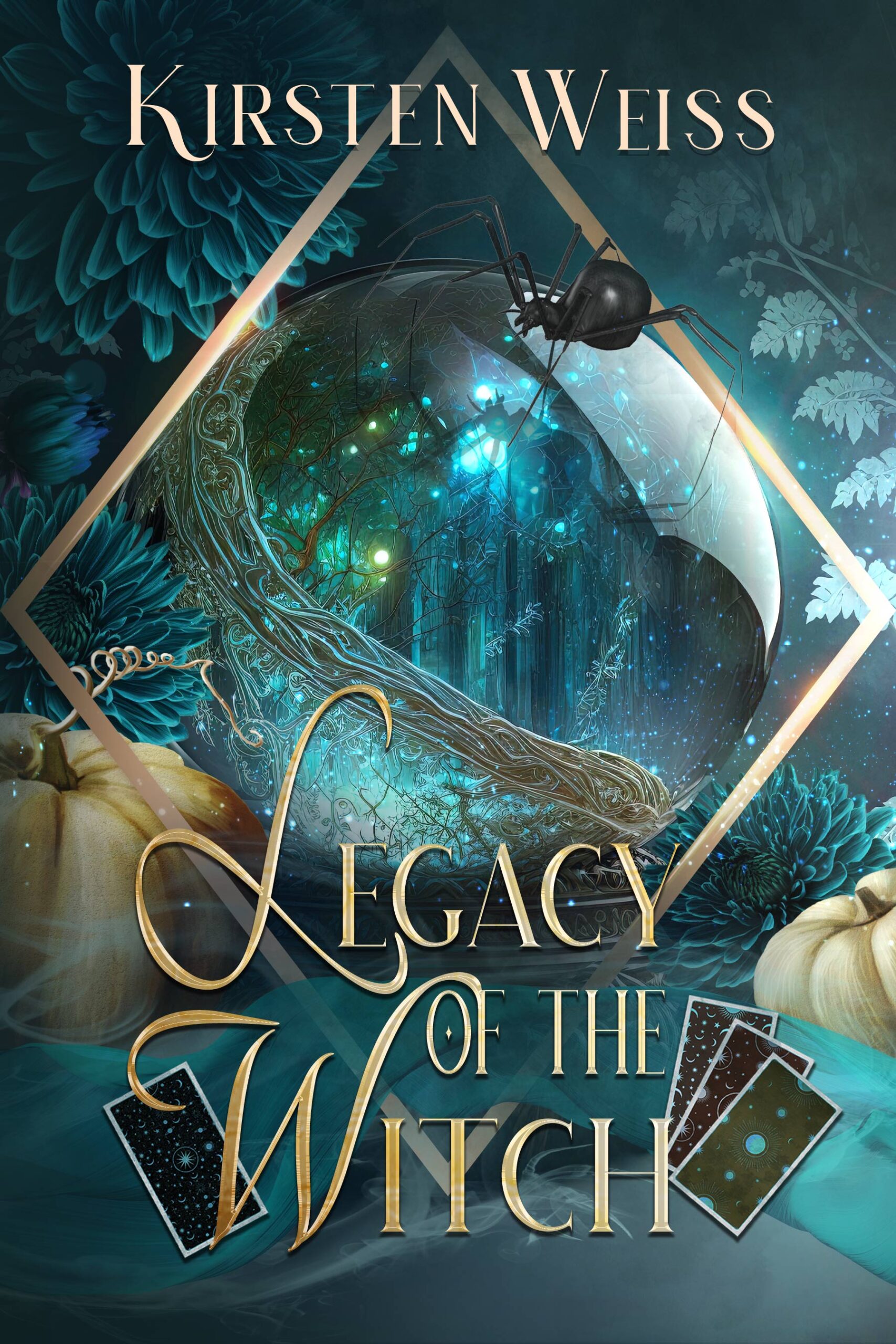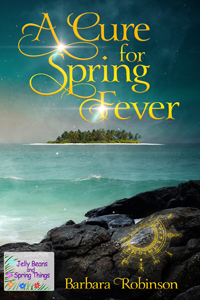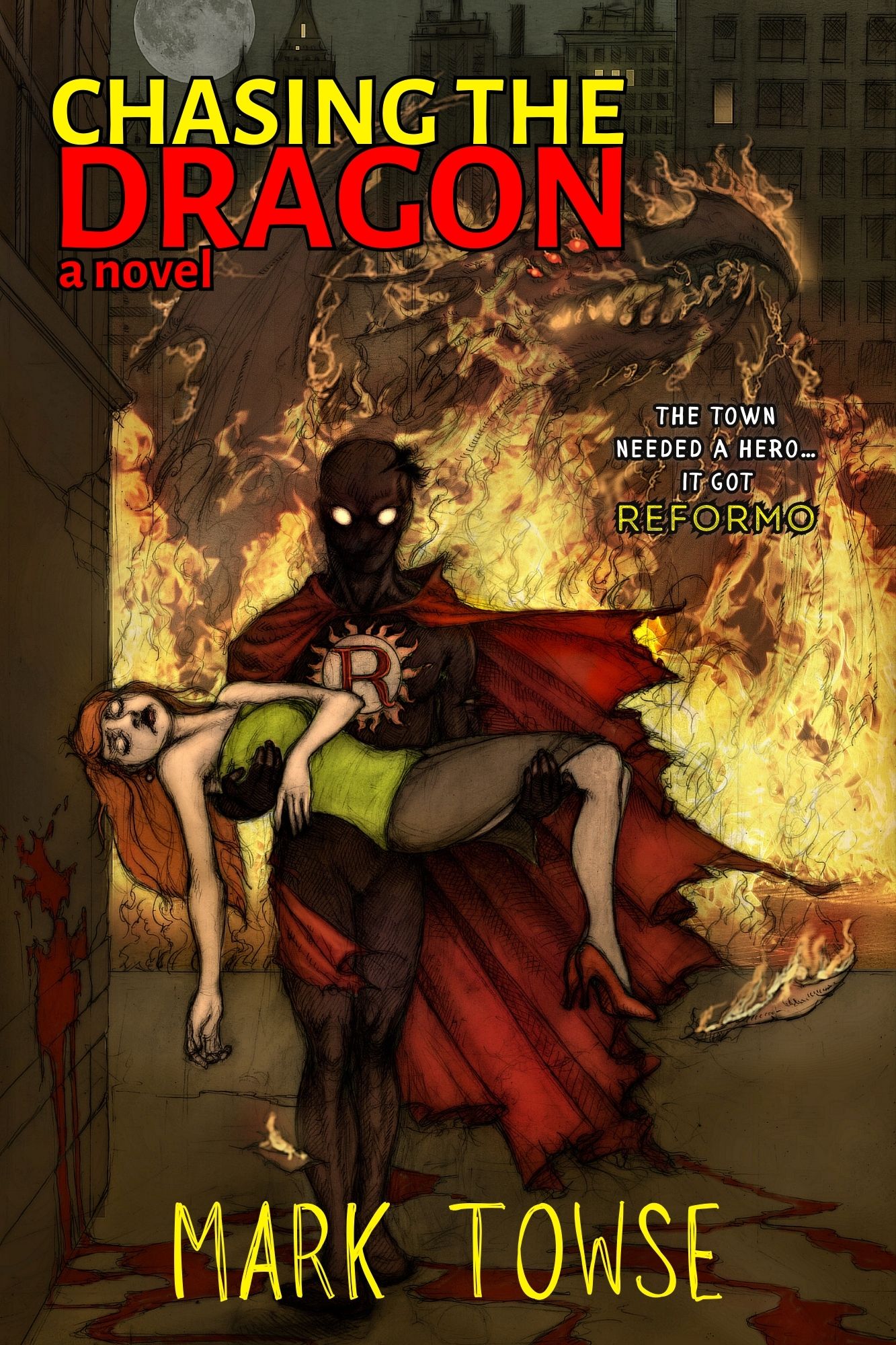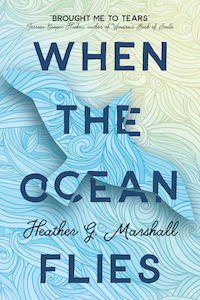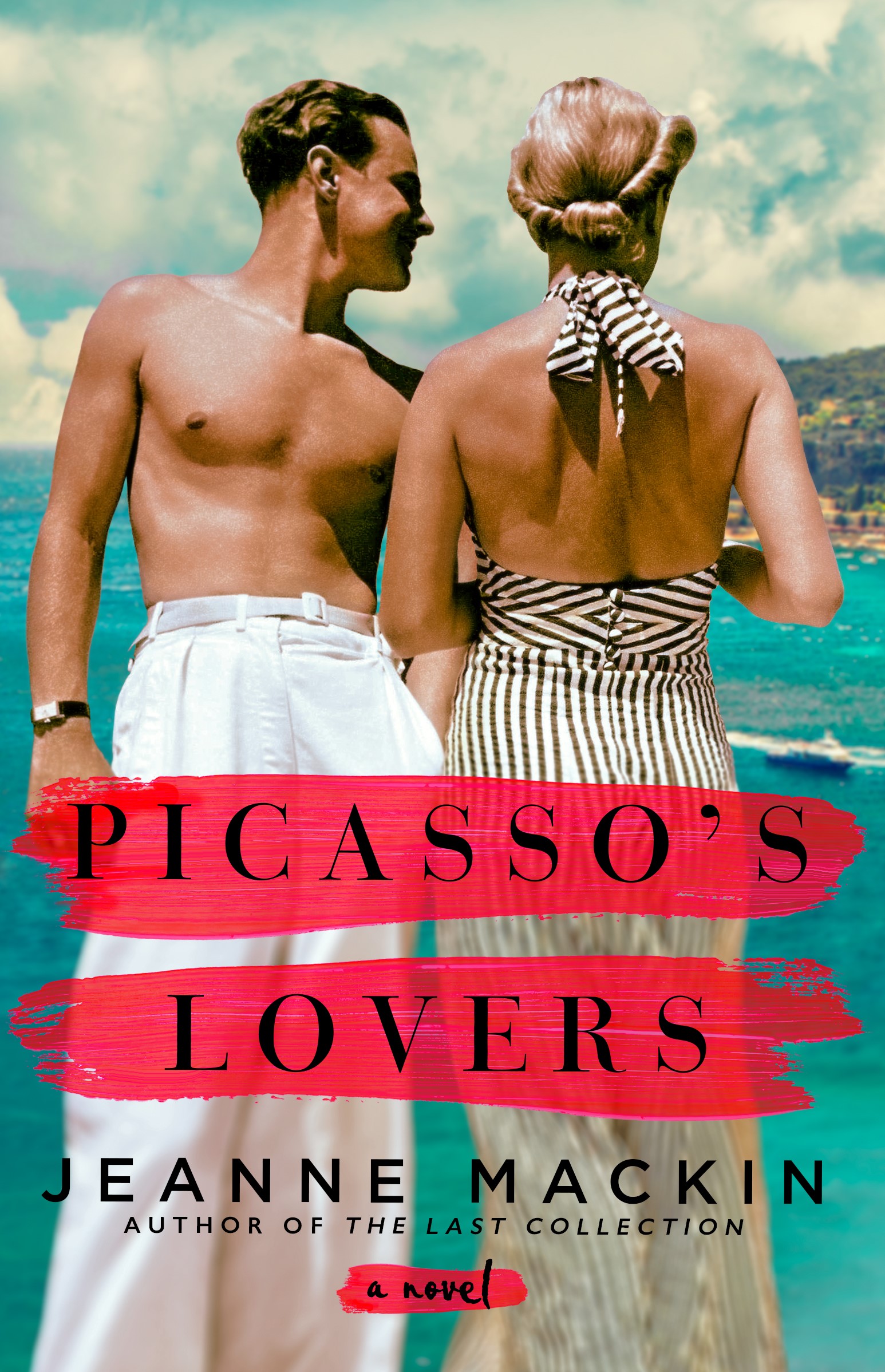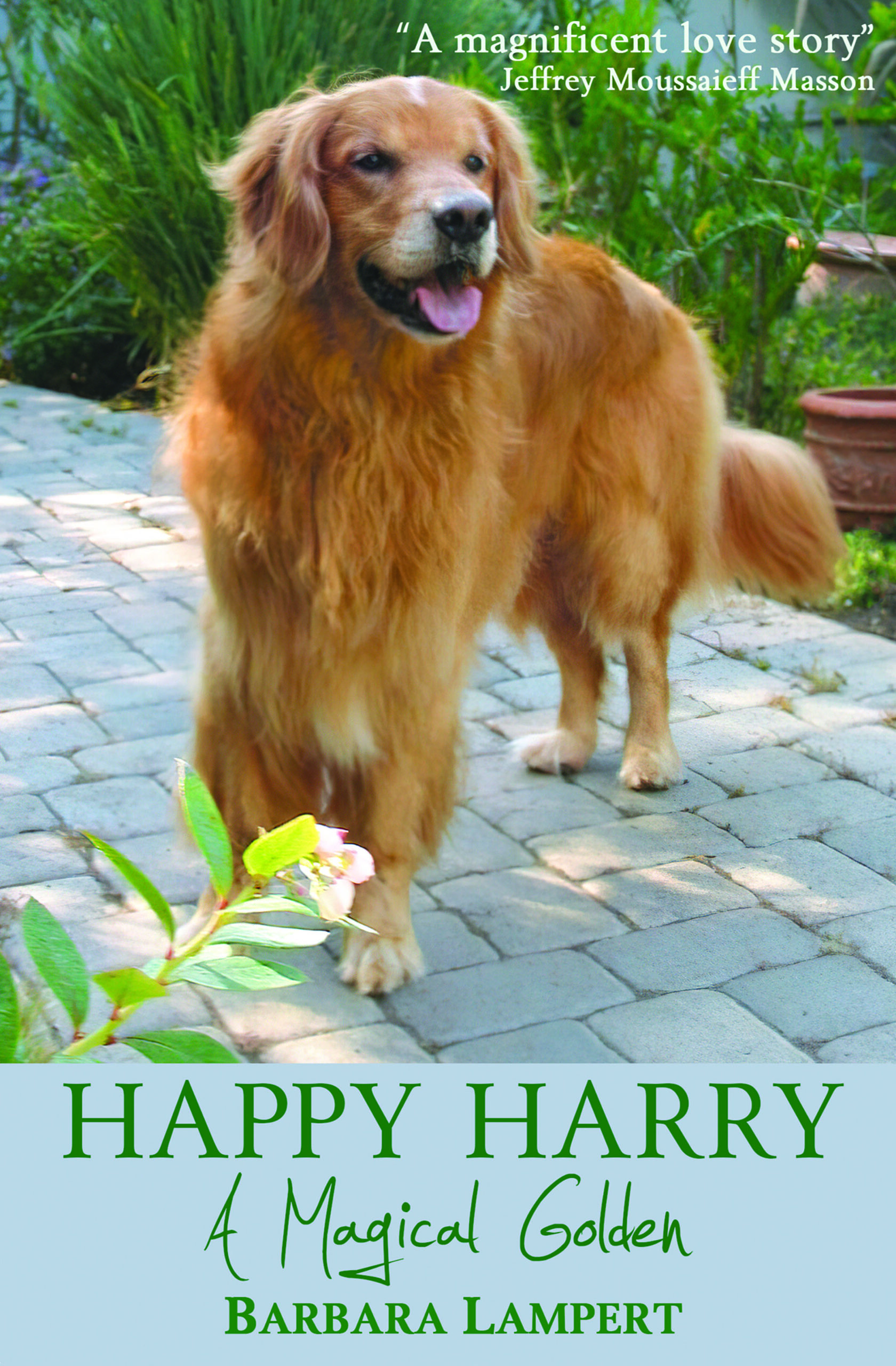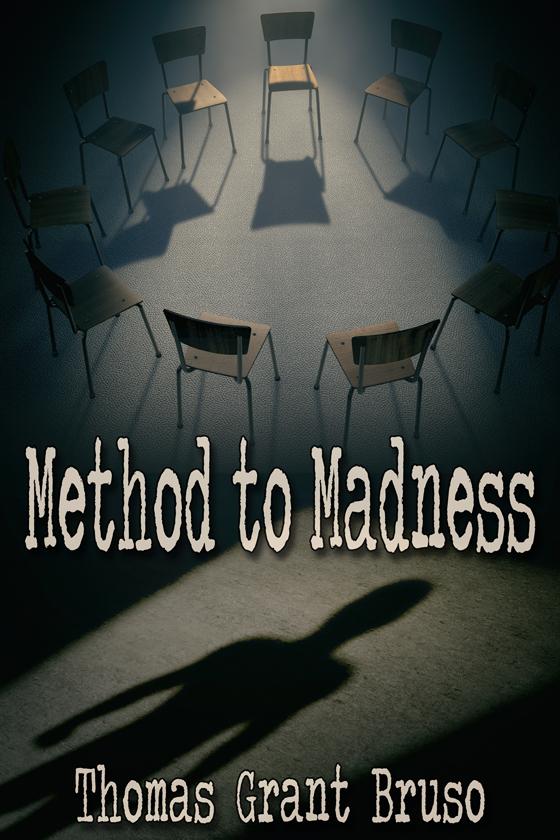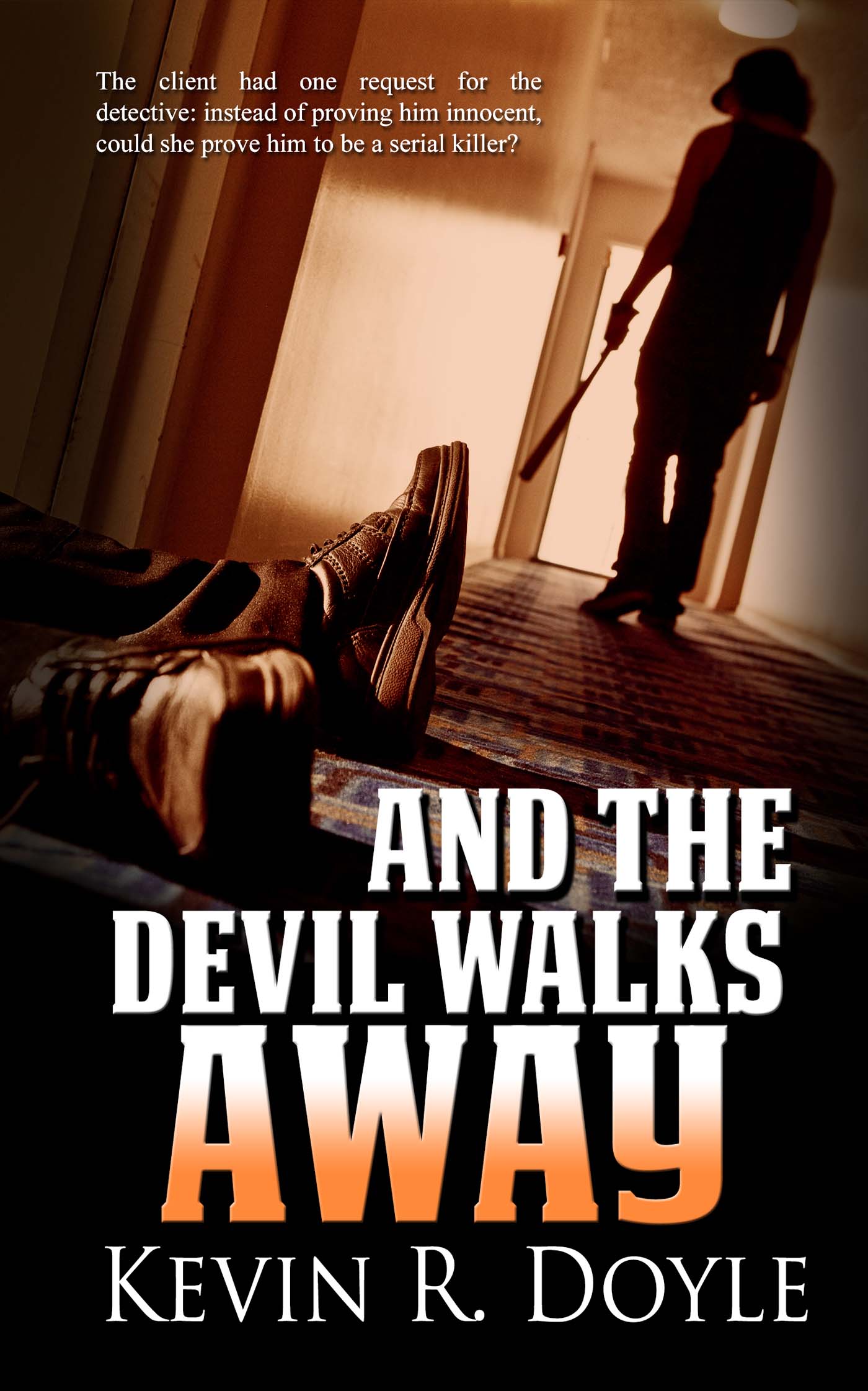Go for the Moon by Chris Gall
A Rocket, A Boy, and the First Moon Landing
Publisher: Roaring Brook Press
Genre: Non-Fiction, Childrens, Historical, YA (ages 5-10 yrs)
Rating: 4 Stars
Reviewed by NymphaeaWritten and illustrated by Chris Gall, Go for the Moon! captures the fascinating detail and inspiring adventure of the moon landing. It is a captivating celebration of one of humankind’s greatest technical achievements and most extraordinary feats of exploration.
The Apollo 11 astronauts have prepared carefully for their attempt to be the first men to land on the moon. The young narrator of this book has prepared carefully, too: he explains the design of the spacecraft, the flight from the earth to the moon, and the drama of touching down–while shadowing the astronaut’s voyage with one of his own.
To the Moon!!
I picked up this book because I love space and wanted to see how this author handled that very topic. This is a book not to be missed. If your young person loves space, then this book will be great. There’s a lot of detail, but it’s also got the point of view of the young man at home. It’s how it was to watch the moon landing, facts about the space program, but also how the little boy felt while this all happened. It’s told in a very easy manner, but will entertain older children more because of the detail.
If you want to read a book about space with your young person, or just want a great space book for yourself, then this is the book for you. Check it out!

